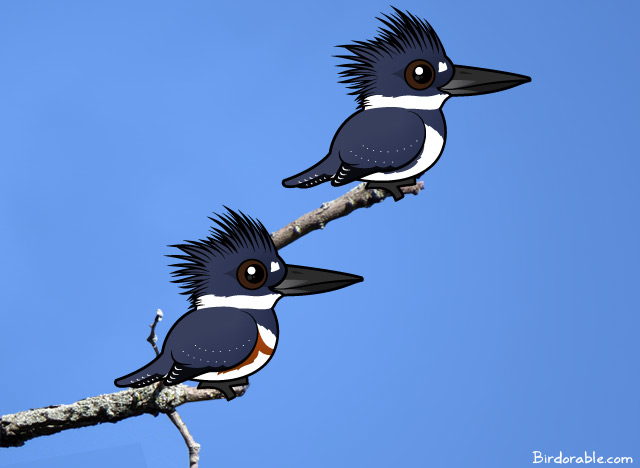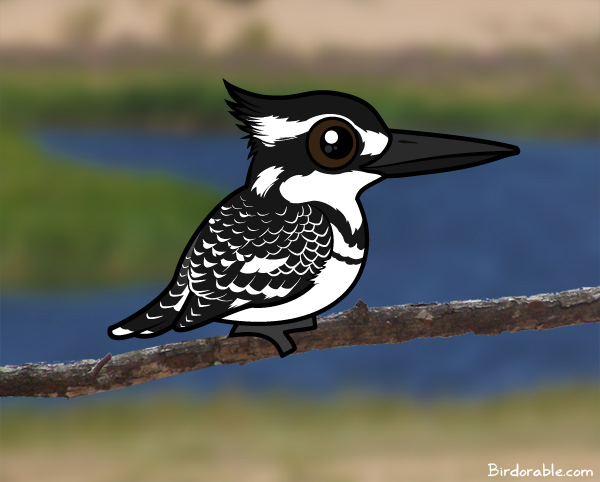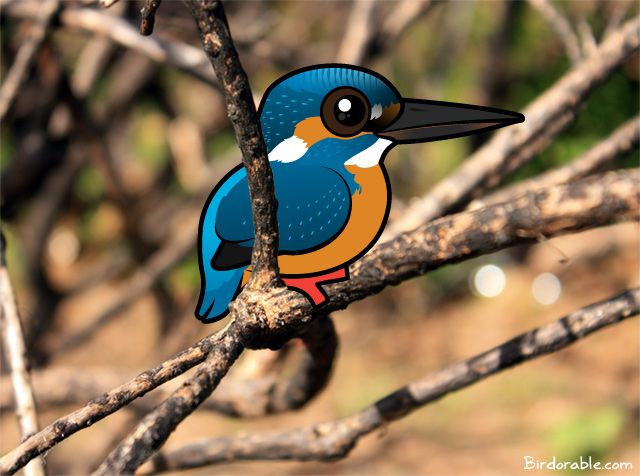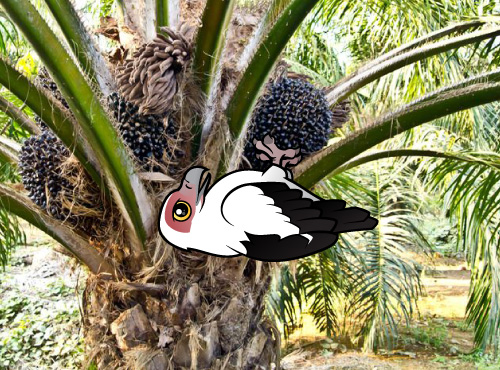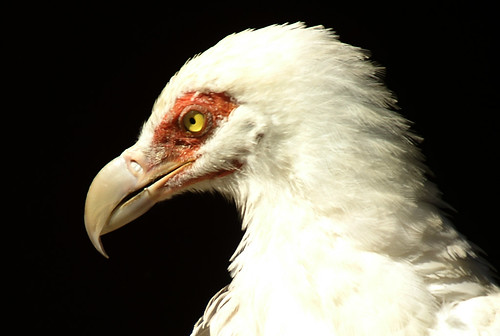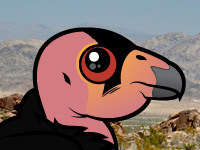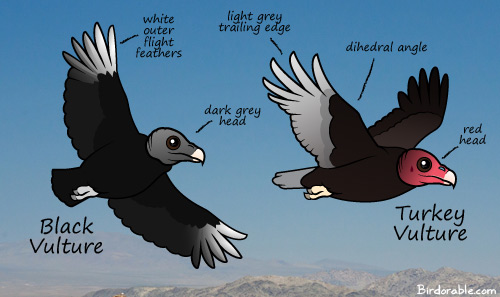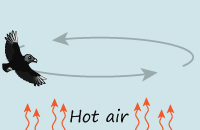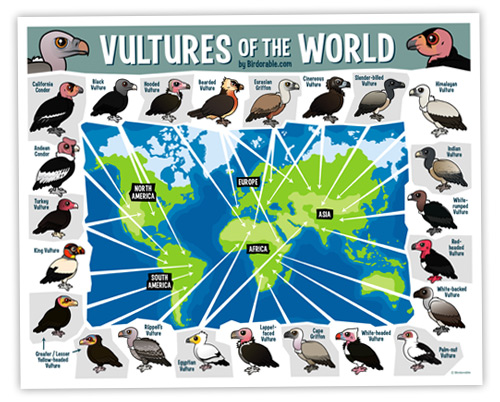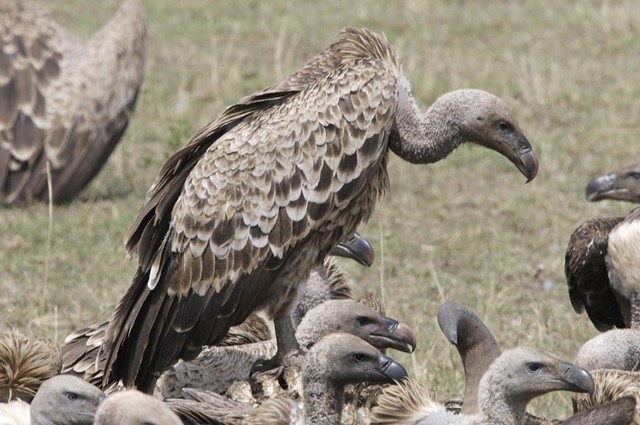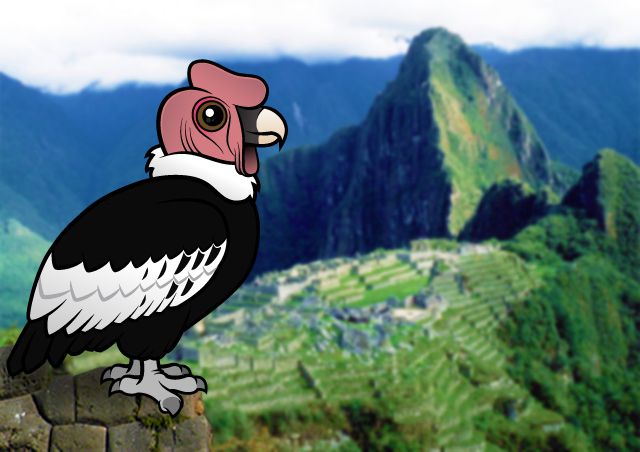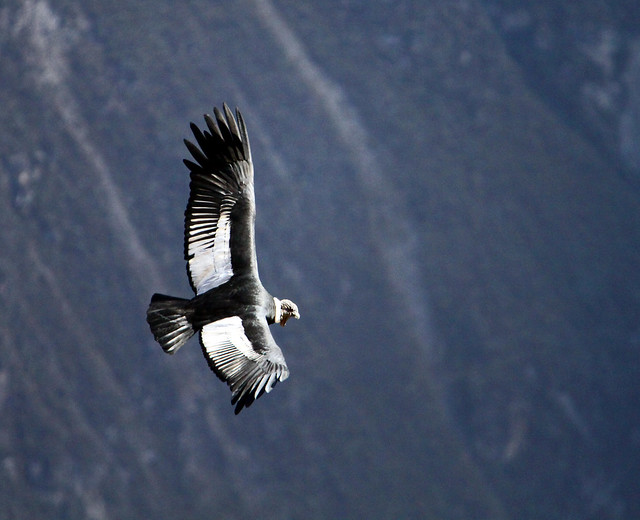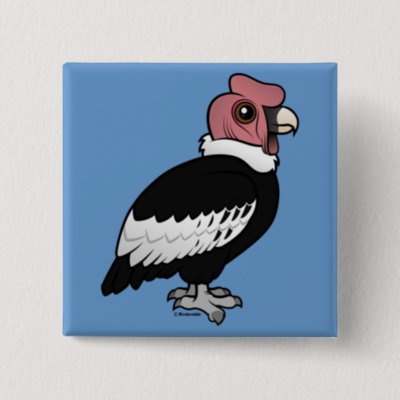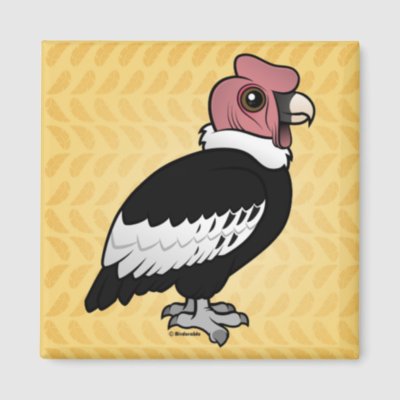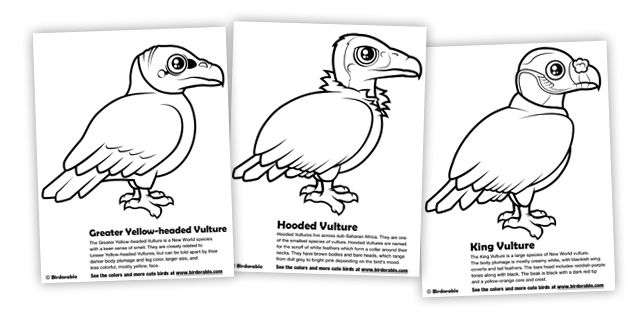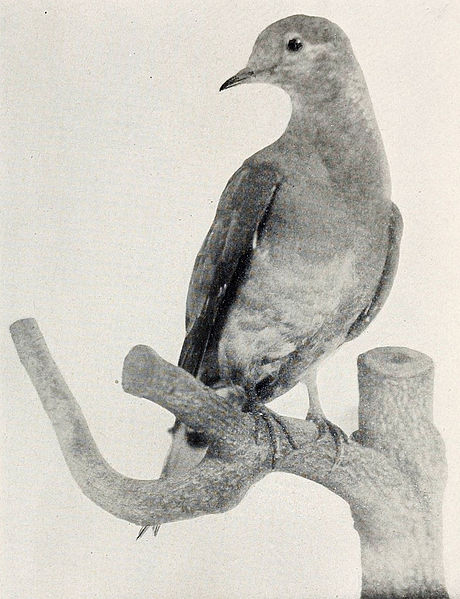This week, we're celebrating the world's kingfishers! There are about 90 species of kingfisher in the world. These darling birds are often colorful, and they can be found all around the world. Join us as we highlight kingfishers on the Birdorable blog this week!
Today we highlight the beautiful White-throated Kingfisher. The White-throated Kingfisher is also known by the names White-breasted Kingfisher or Smyrna Kingfisher. The Latin name is Halcyon smyrnensis.
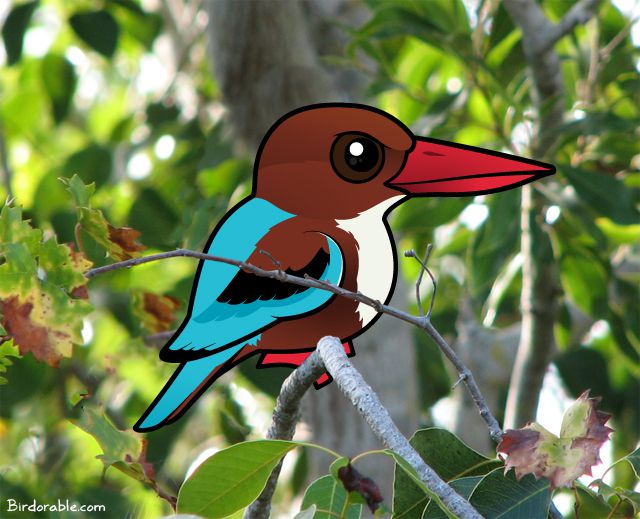
The range of the White-throated Kingfisher spreads across the Indian Subcontinent, and extends into Southeast Asia and China to the east, and across the Middle East and Turkey to the west. White-throated Kingfishers are found in a variety of habitats, including agricultural lands, deciduous forest, beaches, and suburban landscapes. They are found in elevations ranging from 0 to over 7500 feet.
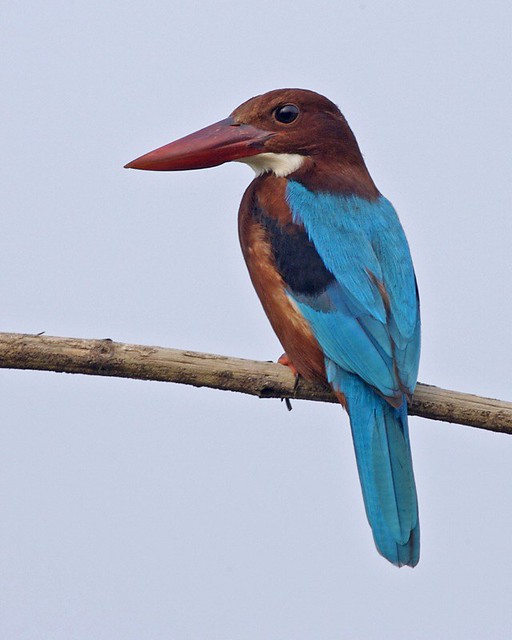 White-throated Kingfisher (Halcyon smyrnensis perpulchra) by Lip Kee Yap (CC BY-SA 2.0)
White-throated Kingfisher (Halcyon smyrnensis perpulchra) by Lip Kee Yap (CC BY-SA 2.0)The song of the White-throated Kingfisher is described as a loud trill or whistle. Courtship involves display of the white patches on the male kingfisher's outstretched wing. He may also perform a spiral diving flight during pair bonding. To express her interest, the female bird will shake her partially outstretched wings.
 White-throated Kingfisher Halcyon smyrnensis by Ron Knight (CC BY 2.0)
White-throated Kingfisher Halcyon smyrnensis by Ron Knight (CC BY 2.0) White-throated Kingfishers nest in the banks of streams or other similar locations. The nesting pair will typically have 4-7 eggs; both parents will incubate the eggs and care for the growing chicks. Baby White-throated Kingfishers fledge at 26 or 27 days of age. White-throated Kingfishers are opportunistic carnivores. They dine on a variety of prey items, which may include locusts and grasshoppers, fish, small mammals, lizards, and even small birds.



